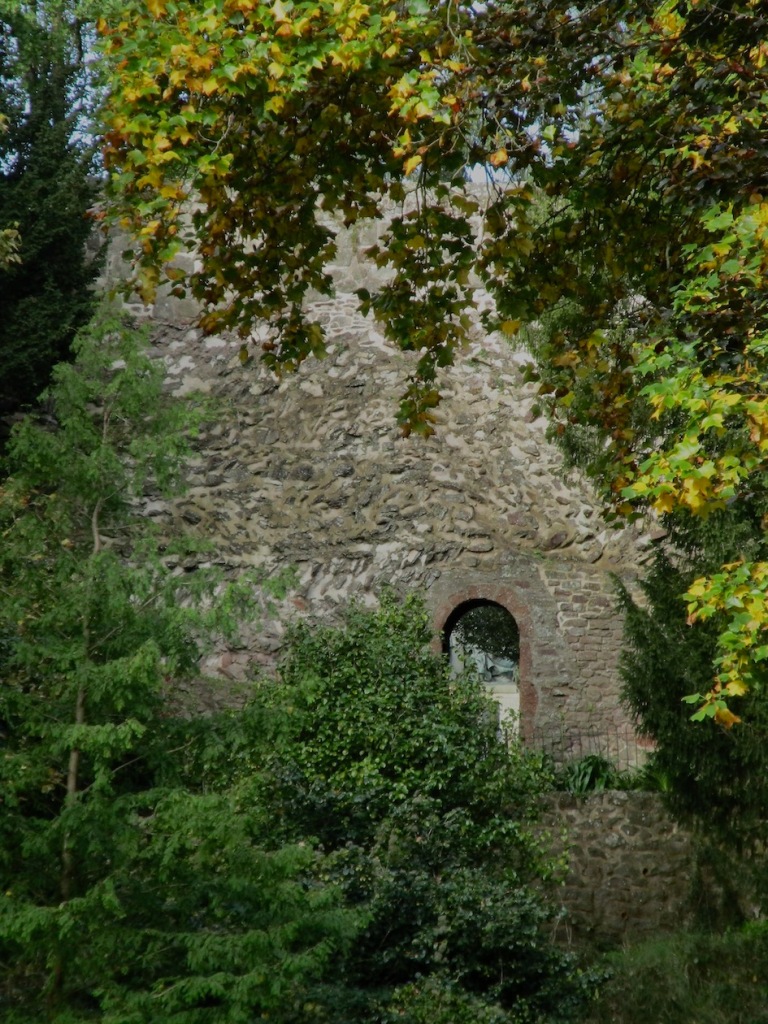It’s one of those cool, damp, dreary days that I might find delightful, if I was walking on the Cornwall coast.

However, when I am in my back yard, I only get inspired to return to the house and make a cup of tea. The garden is beautiful but overgrown. Any motivation to perform some maintenance is diminished by the combination of overcast sky, drizzle, and wind. Even so, I would be completely remiss, if I did not at least go outside to see if there were any olives ready to be harvested.

It has been nearly three weeks since I salted some ripe olives, and they are curing nicely.

Although most of the olives on the tree are still too green, I was pleased to see that the guavas are falling. This was an unexpected surprise. I collected a good load of them, but left most of the smaller ones on the ground for now. Picking them up is just one more task to do on a sunnier day. In the meantime, there are some ants crawling about, trying to figure out if there is a meal here that is worth their effort.







